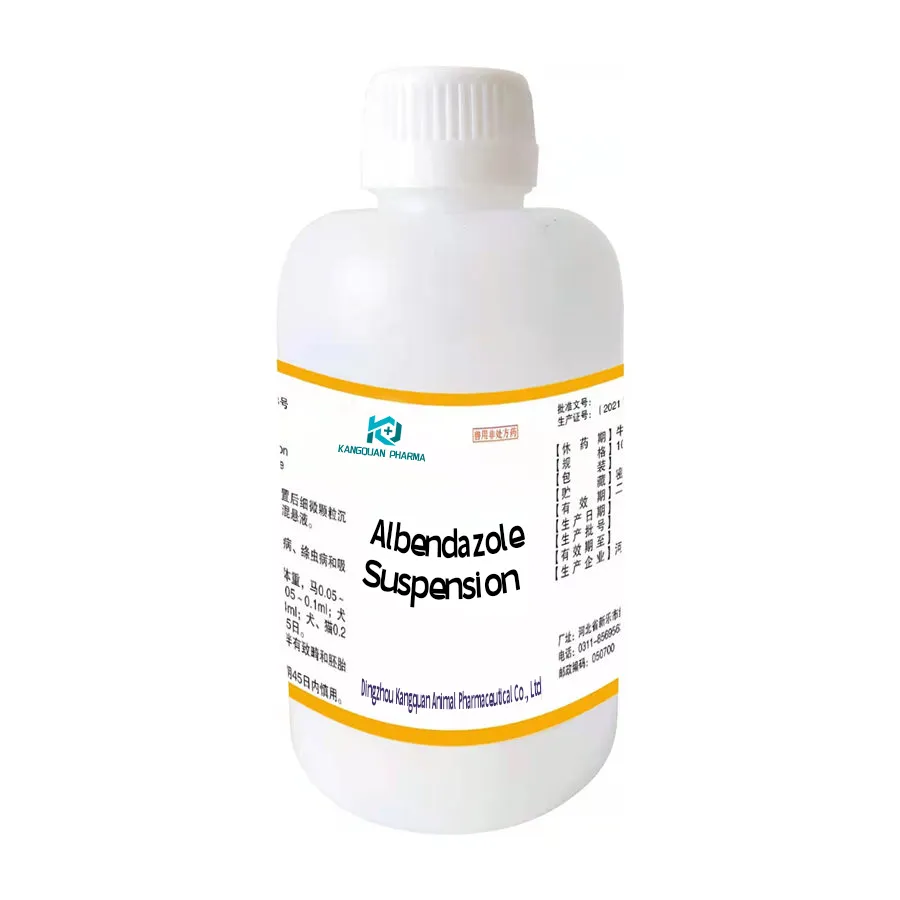- Afrikaans
- Albanian
- Amharic
- Arabic
- Armenian
- Azerbaijani
- Basque
- Belarusian
- Bengali
- Bosnian
- Bulgarian
- Catalan
- Cebuano
- Corsican
- Croatian
- Czech
- Danish
- Dutch
- English
- Esperanto
- Estonian
- Finnish
- French
- Frisian
- Galician
- Georgian
- German
- Greek
- Gujarati
- Haitian Creole
- hausa
- hawaiian
- Hebrew
- Hindi
- Miao
- Hungarian
- Icelandic
- igbo
- Indonesian
- irish
- Italian
- Japanese
- Javanese
- Kannada
- kazakh
- Khmer
- Rwandese
- Korean
- Kurdish
- Kyrgyz
- Lao
- Latin
- Latvian
- Lithuanian
- Luxembourgish
- Macedonian
- Malgashi
- Malay
- Malayalam
- Maltese
- Maori
- Marathi
- Mongolian
- Myanmar
- Nepali
- Norwegian
- Norwegian
- Occitan
- Pashto
- Persian
- Polish
- Portuguese
- Punjabi
- Romanian
- Russian
- Samoan
- Scottish Gaelic
- Serbian
- Sesotho
- Shona
- Sindhi
- Sinhala
- Slovak
- Slovenian
- Somali
- Spanish
- Sundanese
- Swahili
- Swedish
- Tagalog
- Tajik
- Tamil
- Tatar
- Telugu
- Thai
- Turkish
- Turkmen
- Ukrainian
- Urdu
- Uighur
- Uzbek
- Vietnamese
- Welsh
- Bantu
- Yiddish
- Yoruba
- Zulu
10 月 . 21, 2024 09:35 Back to list
Oxytetracycline 50 mg/ml Injectable Solution for Veterinary Use and Treatments
Oxytetracycline Injection A Comprehensive Overview
Oxytetracycline is a broad-spectrum antibiotic belonging to the tetracycline class, renowned for its effectiveness in treating a variety of bacterial infections. Commonly used in both human and veterinary medicine, oxytetracycline injection at a concentration of 50 mg/ml serves as a vital tool in combating a multitude of diseases caused by susceptible organisms.
Mechanism of Action
The mechanism of action of oxytetracycline involves the inhibition of bacterial protein synthesis. It achieves this by binding to the 30S ribosomal subunit of bacteria, preventing the attachment of aminoacyl-tRNA to the RNA-ribosome complex. This disruption halts the production of proteins essential for bacterial growth and reproduction, ultimately leading to cell death. Oxytetracycline exhibits bacteriostatic properties, making it effective against a range of gram-positive and gram-negative bacteria.
Indications for Use
Oxytetracycline injection is commonly indicated for the treatment of various infections, including respiratory tract infections, urinary tract infections, skin infections, and certain sexually transmitted diseases. In veterinary medicine, it is often utilized in the treatment of infections in livestock and pets, addressing ailments such as pneumonia, leptospirosis, and bacterial enteritis. The wide range of effectiveness is attributed to its ability to target numerous pathogens, including Escherichia coli, Staphylococcus aureus, and Streptococcus species.
Dosage and Administration
oxytetracycline injection 50 mg ml

The administration of oxytetracycline injection must be conducted under the guidance of a healthcare professional. The standard dosage for adults typically involves an initial loading dose followed by maintenance doses. For instance, a common regimen might start with 1 to 2 grams of the drug, administered intravenously, followed by 250 to 500 mg every 6 to 12 hours. Pediatric doses are calculated based on body weight, emphasizing the importance of medical oversight in determining appropriate dosages.
In veterinary practice, dosages may vary significantly based on the species, size, and specific condition being treated. Proper injection techniques and aseptic methods are crucial to prevent complications such as infection or injection site reactions.
Side Effects and Contraindications
As with any medication, oxytetracycline injection may lead to adverse effects in some patients. Common side effects include gastrointestinal disturbances, such as nausea, vomiting, and diarrhea. Hypersensitivity reactions, though rare, can occur, leading to symptoms ranging from hives to anaphylaxis. Additionally, prolonged use of oxytetracycline can result in superinfection due to the disruption of normal flora, emphasizing the need for careful monitoring.
Patients with known allergies to tetracycline or related compounds should avoid using oxytetracycline. Furthermore, its use during pregnancy and lactation is generally contraindicated due to potential risks to fetal development, including tooth discoloration in infants.
Conclusion
Oxytetracycline injection at a concentration of 50 mg/ml remains an essential antibiotic in modern medicine. Its efficacy against a broad range of bacterial infections, combined with a generally favorable safety profile, makes it an invaluable resource for healthcare professionals. However, appropriate usage, dosing, and monitoring are critical to maximizing benefits while minimizing risks. As with all antibiotics, the emergence of resistance highlights the need for prudent prescribing practices to ensure the continued effectiveness of this important medication. In an era where antibiotic resistance is a growing concern, ongoing research and development are essential to maintain the efficacy of oxytetracycline and similar agents in clinical practice.
-
The Power of Radix Isatidis Extract for Your Health and Wellness
NewsOct.29,2024
-
Neomycin Sulfate Soluble Powder: A Versatile Solution for Pet Health
NewsOct.29,2024
-
Lincomycin Hydrochloride Soluble Powder – The Essential Solution
NewsOct.29,2024
-
Garamycin Gentamicin Sulfate for Effective Infection Control
NewsOct.29,2024
-
Doxycycline Hyclate Soluble Powder: Your Antibiotic Needs
NewsOct.29,2024
-
Tilmicosin Premix: The Ultimate Solution for Poultry Health
NewsOct.29,2024













